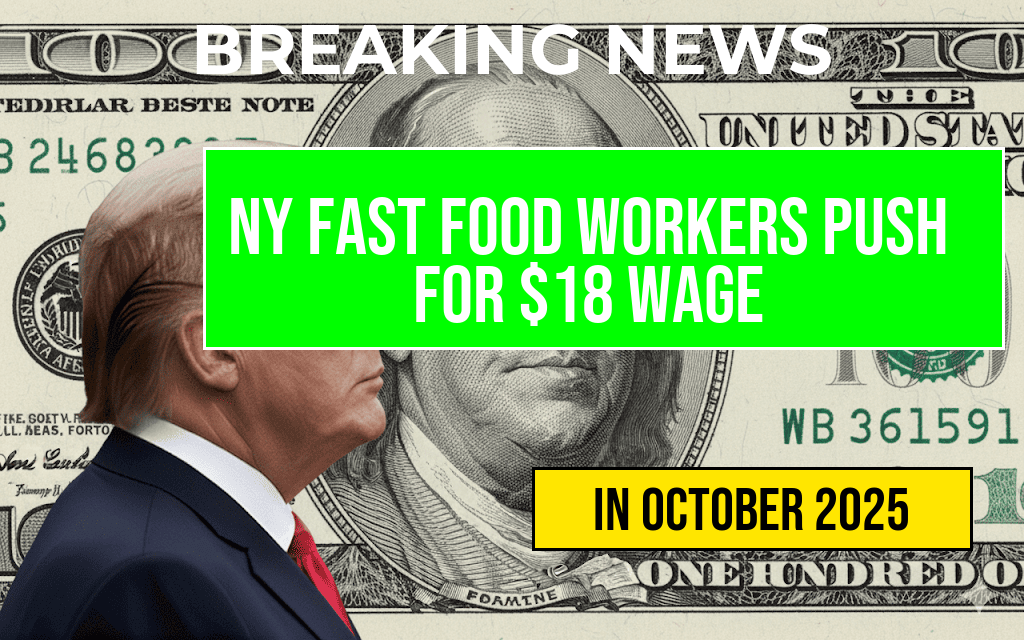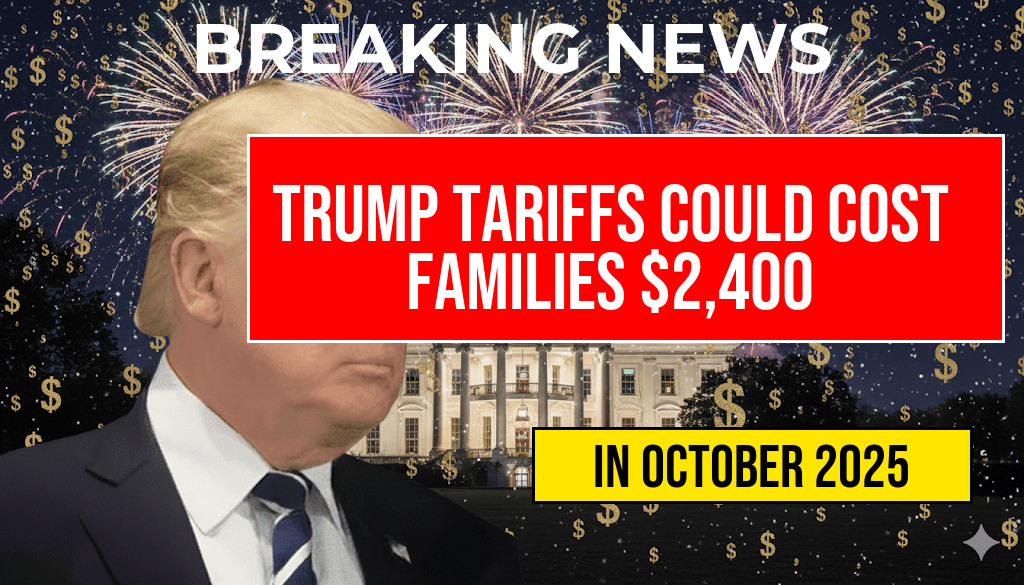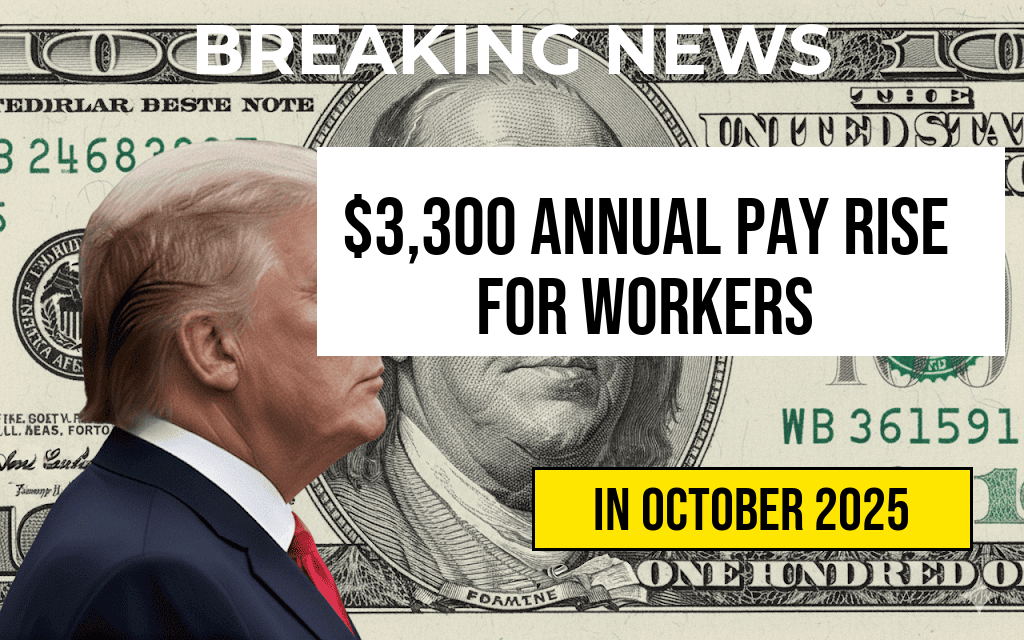Recent analyses suggest that the tariffs initiated during Donald Trump’s presidency may impose significant financial strain on American households, potentially costing families an average of $2,400 annually. This phenomenon, often referred to as the “Turbulence Tax,” highlights the hidden costs associated with trade policies that many consumers may not fully recognize. As the economic landscape continues to evolve, understanding the implications of these tariffs is crucial for families navigating their budgets. The tariffs, initially aimed at protecting American industries, have led to increased prices on a wide range of consumer goods, from electronics to food items. This article delves into the details of how these tariffs are calculated and their broader impact on American families.
The Origin of Tariffs and Their Purpose
Tariffs are taxes imposed on imported goods, intended to make foreign products more expensive and encourage consumers to buy domestically produced items. During his administration, Trump implemented tariffs on billions of dollars’ worth of imports, particularly from China, as part of a broader strategy to combat perceived unfair trade practices. While the goal was to bolster American manufacturing, the repercussions of these tariffs have been felt across the economy.
Breaking Down the ‘Turbulence Tax’
The term “Turbulence Tax” refers to the cumulative financial burden that tariffs place on consumers. A recent report from the Economic Policy Institute indicates that the average American family has seen a rise in costs averaging $2,400 per year due to these tariffs. This increase results from higher prices on imported goods as manufacturers pass on the costs of tariffs to consumers.
Key Components of the Turbulence Tax
- Increased Prices: Tariffs lead to higher costs for imported products, affecting everything from electronics to clothing.
- Impact on Supply Chains: Tariffs disrupt established supply chains, leading to inefficiencies and increased costs.
- Sector-Wise Effects: Specific industries, such as steel and aluminum, have faced higher raw material costs, which are subsequently passed on to consumers.
Effects on Families and Household Budgets
The financial implications of the “Turbulence Tax” are particularly evident in household budgets. Families are increasingly feeling the pinch as prices rise for essential goods. A study by the World Trade Organization noted that consumers have adjusted their spending habits in response to these price increases, often opting for cheaper alternatives or reducing consumption altogether.
Specific Areas Affected by Tariffs
| Product Category | Estimated Price Increase |
|---|---|
| Electronics | 10-25% |
| Clothing | 5-15% |
| Appliances | 8-20% |
| Building Materials | 15-30% |
Long-Term Economic Implications
The long-term economic implications of the tariffs remain uncertain. While they initially aimed to protect American jobs, the reality of increased consumer costs may lead to a decline in overall economic growth. Experts argue that a prolonged period of high tariffs could stifle competition and innovation, ultimately harming American consumers more than helping domestic industries.
Consumer Response and Adaptation
In response to rising prices, many consumers are seeking ways to adapt. Some families are turning to second-hand goods, while others are prioritizing essential purchases over non-essential items. These changes reflect a broader trend of consumer caution as households adjust to the financial realities imposed by tariffs.
As the discussion around tariffs continues, it is vital for policymakers to consider the balance between protecting American industries and ensuring that families are not unduly burdened by increased costs. The ongoing conversations about trade and economic policy will shape the landscape of American commerce for years to come.
Frequently Asked Questions
What are the main components of the ‘Turbulence Tax’ mentioned in the article?
The ‘Turbulence Tax’ refers to the additional costs incurred by families due to Trump tariffs. These tariffs increase the prices of imported goods, leading to an estimated annual burden of $2,400 on households. The breakdown includes price hikes on everyday items such as food, clothing, and electronics.
How do Trump tariffs impact the average American family?
Trump tariffs can significantly impact the average American family by raising the prices of essential goods. The $2,400 annual cost translates to higher expenses for necessities, which can strain family budgets and reduce disposable income.
What types of products are most affected by the tariffs?
The tariffs primarily affect a variety of consumer goods, including electronics, clothing, and household items. These products often rely on imported materials or components, making them vulnerable to price increases due to the tariffs.
Are there any long-term effects of the tariffs on the economy?
Yes, the long-term effects of Trump tariffs may include shifts in the economy, such as decreased consumer spending and potential job losses in sectors reliant on affordable imports. Over time, these tariffs can lead to inflation and reduced economic growth.
What can families do to mitigate the impact of the ‘Turbulence Tax’?
Families can mitigate the impact of the ‘Turbulence Tax’ by being strategic in their purchasing decisions. This may involve seeking out domestically produced goods, taking advantage of sales, and budgeting more carefully to accommodate the increased costs associated with tariffs.










